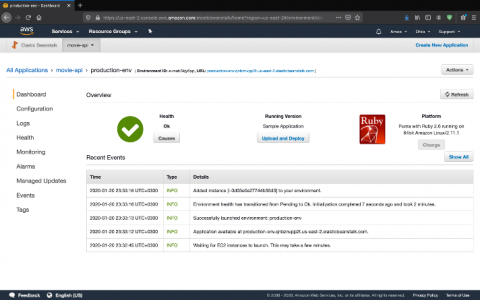Changing the Approach to Debugging in Ruby with TracePoint
Ruby has always been known for the productivity it brings to its developers. Alongside features such as elegant syntax, rich meta-programming support, etc. that make you productive when writing code, it also has another secret weapon called TracePoint that can help you “debug” faster. In this post, I’ll use a simple example to show you 2 interesting facts I found out about debugging.










